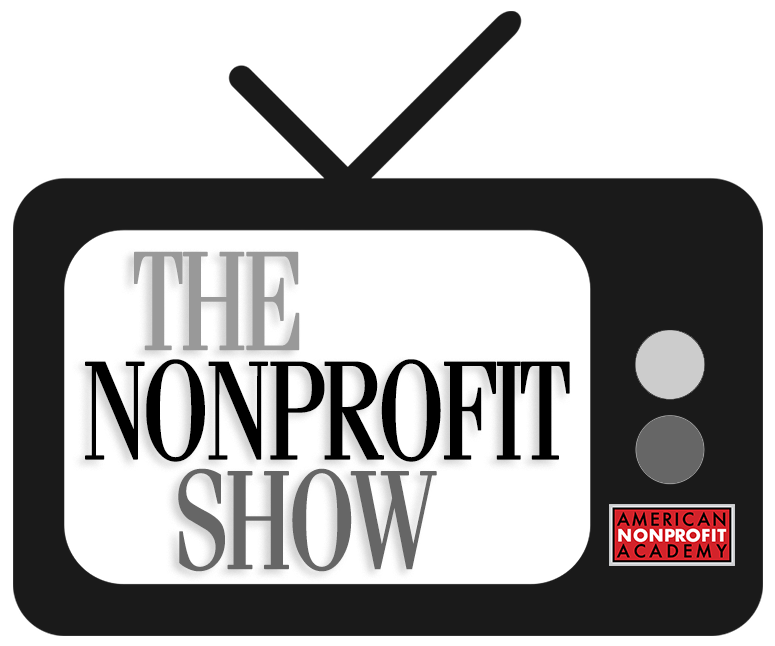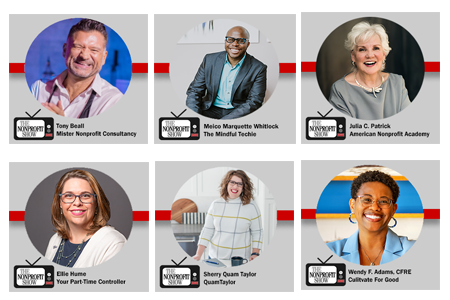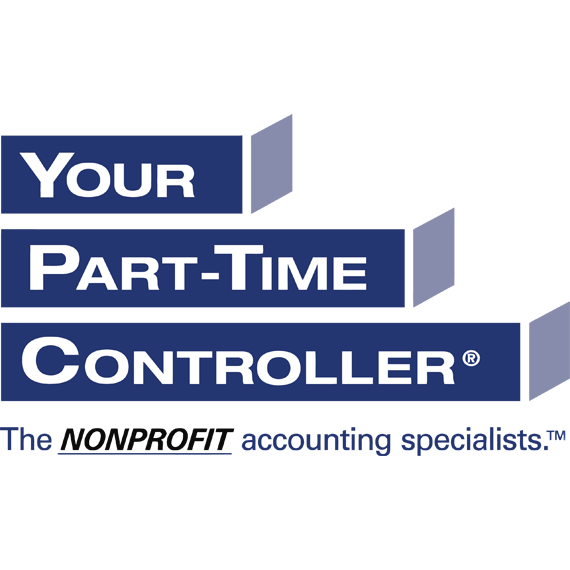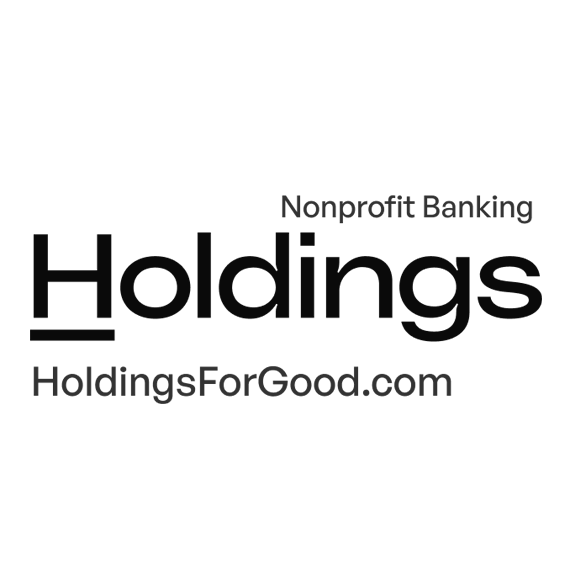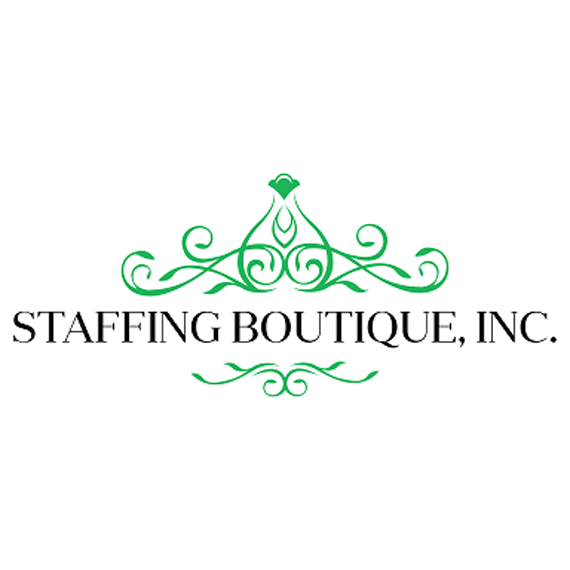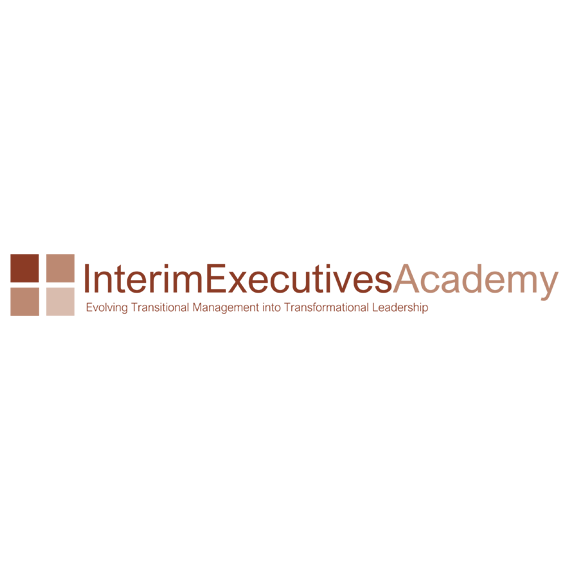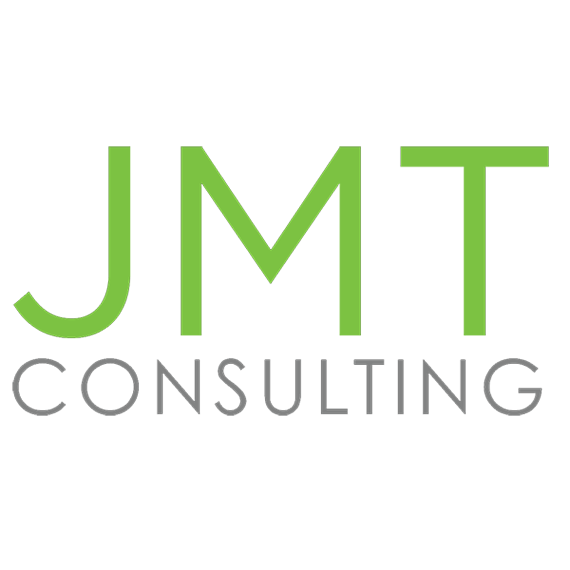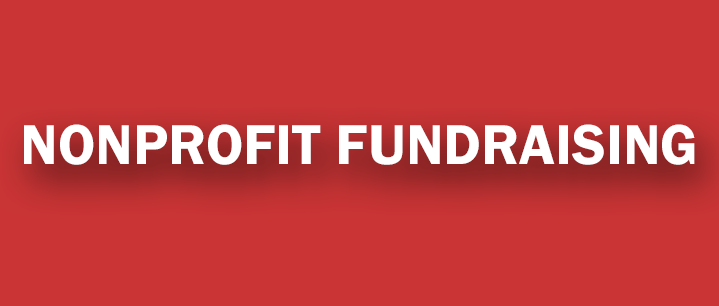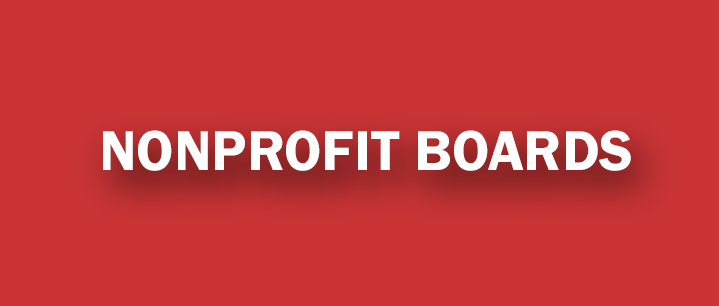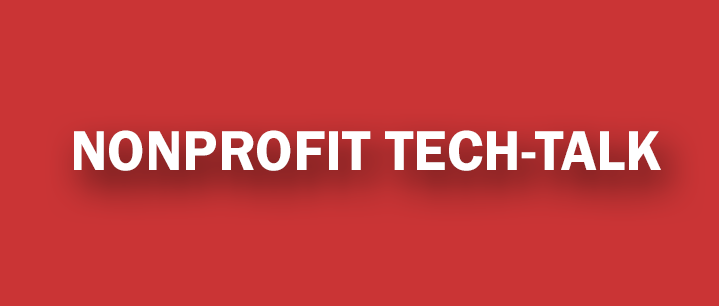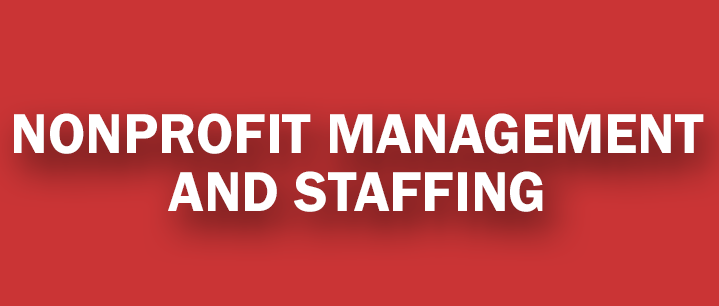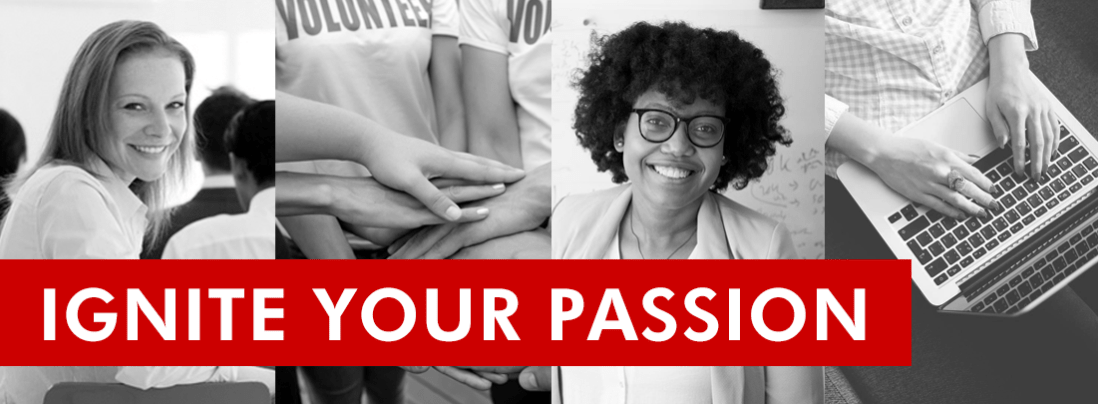
The American Nonprofit Academy Provides Our Nation’s Nonprofit’s and Social Impact Organization’s Education, Insights and Inspirations.
We’re Your Community for Sharing Learning, Leadership, Connectivity, and Collaborations.
CULTURE | FAITH | ENVIRONMENT | ARTS | ANIMALS | ASSOCIATIONS | FOUNDATIONS | EDUCATION | HEALTH | HUMAN SERVICES | VETERANS | NGOs | RELIGION | NATURE
Sponsored by the Best Nonprofit Sector Supporters Ever!
Where the Best Fundraising Talent Actually Looks For Jobs
Year-end momentum is real—and so is the pressure. In this Fundraisers Friday conversation, Julia C. Patrick and Tony Beall get practical about recruiting fundraising . . . . . . . . .
From Zero to 10,000 Scholars: Inside a Nonprofit’s Rapid Expansion
The nonprofit, Dwyer Workforce Development, is rewriting what “possible” looks like for a young, fast-scaling nonprofit. In this compelling conversation, CEO Barb Clapp traces . . . . . . . . .
Persuasion Skills Nonprofit Teams Can Use Today
Nonprofits don’t just need more messages—they need messages that move people. In this fast-paced episode we welcome persuasion instructor and longtime marketer Dean Batson . . . . . . . . .
Clarity Is Kindness: Nonprofit Culture That Pays Off
ROI and culture rarely share the same sentence in nonprofit circles—yet that’s exactly the connection guest Carrie Wright (Wright Consulting) makes with co-hosts Wendy . . . . . . . . .
Following a Founder: How Nonprofits Survive and Succeed in Transition
When a nonprofit founder steps away, the organization often faces one of the most emotional and uncertain chapters in its history. In this episode, . . . . . . . . .
Call to Action, Donor First: “Because of You” Messaging That Moves People
If you want donors to move, tell them exactly where to go. In this Fundraisers Friday conversation, Julia C. Patrick and Tony Beall turn . . . . . . . . .
What Healthy Nonprofits Do Differently: Strategy, Rhythm, Results
In this conversation, Matt Glazer arrives with runner’s grit and a teacher’s patience, asking nonprofit leaders to reconsider what “success” really means when the . . . . . . . . .
How Nonprofits Protect Their Mission’s Cyber Presence: Building a Security Culture
Cybersecurity isn’t just firewalls and tech jargon—it’s people, habits, and everyday choices. Kicking off National Cybersecurity Awareness Month, we bring together two voices who . . . . . . . . .

